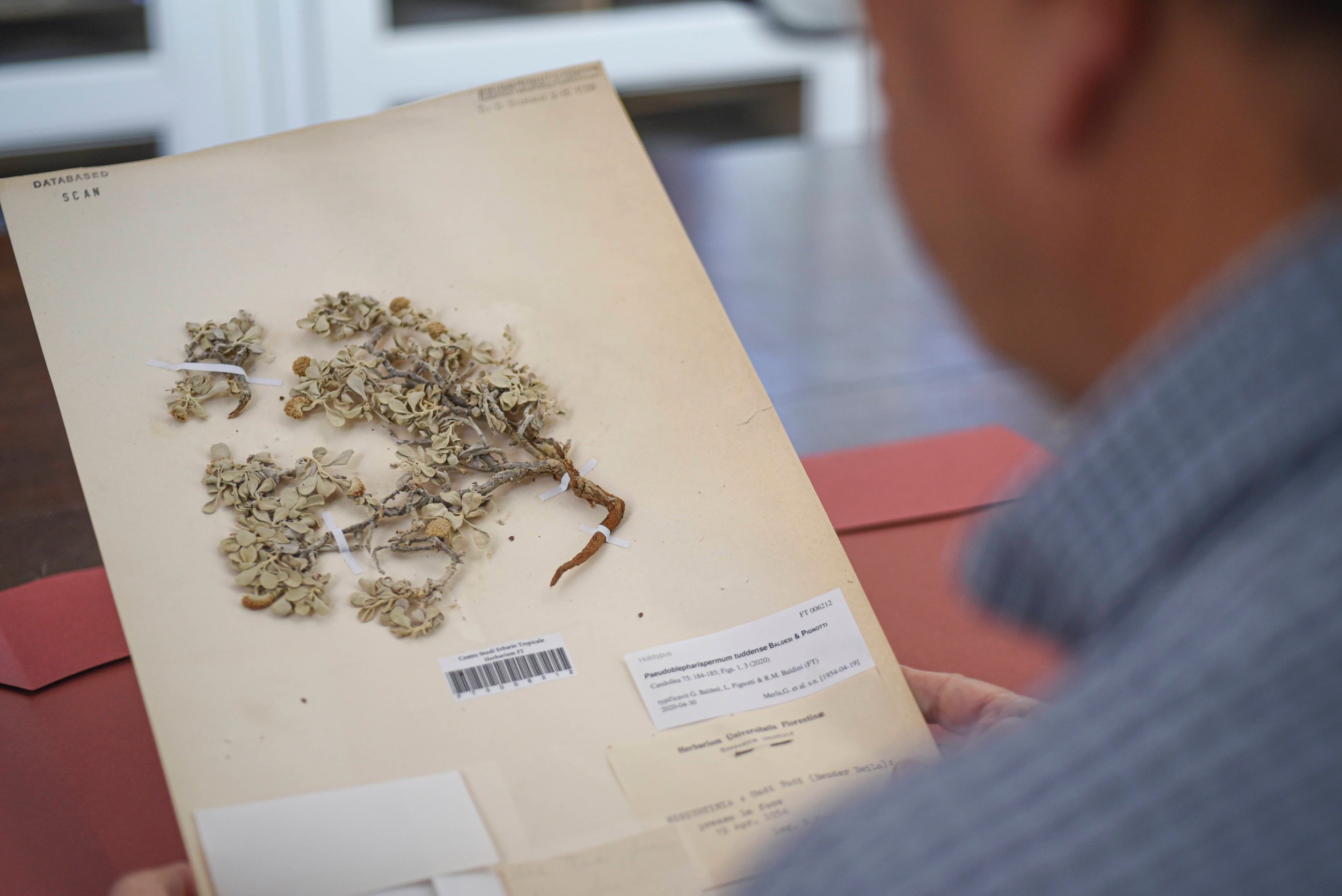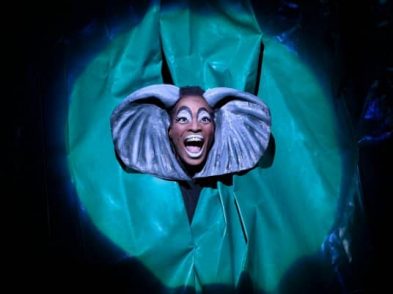On entering the main two rooms of the research centre in via La Pira, Professor Riccardo Maria Baldini concedes that your first impression might be that of a cemetery. Cabinets containing dead plants line the walls, with drawer upon drawer carrying your eyes upwards to portraits of long deceased botanists. But this belies the ongoing excitement that these flora samples elicit. Carefully contained between sheets of paper, the dried leaves enable researchers to learn about new species, therapeutic and food uses, as well as revealing the centuries of history as to how they got here.

Ph/ Marco Badiani
Ethiopia, Eritrea, Somalia, Kenya, Tanzania and Uganda are among the countries represented upon these shelves, deriving from the centre’s initial role as a nucleus in Italy for plants brought back from colonial expeditions. Founded in Rome in 1904 as the Erbario and Museo Coloniale, it was moved to Florence in 1914, later becoming the Erbario Tropicale di Firenze and subsequently the Centro Studi Erbario Tropicale (CSET), joining the University of Florence’s Department of Biology in 2004, where it plays an important role in the teaching of botany in the natural sciences. The scientific institution is dedicated to the study of flora and tropical vegetation, working to conserve botanical and bibliographic heritage as opposed to botanical gardens, which preserve plants in their living state. Some samples date as far back as the 19th century and no longer exist, yet they continue to offer up their secrets to those curious enough to prise apart their patiently pressed leaves.

Professor Riccardo Maria Baldini. Ph/ Marco Badiani
The entire range of artefacts at the herbarium reaches a staggering figure of 220,000, including samples from Central and South America and Australia, with African samples still making up 89 per cent of the vast collection. New species have been and are still being discovered at the centre, with five new species identified this year alone, working with high-caliber international collaborators in the exchange of research, as well as in synergy with the international Journal of Plant Taxonomy and Geography (Webbia).

Ph/ Marco Badiani
Infinite travels are cherished between these tight folds of paper, containing memories of war, diplomacy, survival and day-to-day life in far-off places, now held together with pins and glue, ready to be placed under the microscope to set an expert’s mind in motion.








